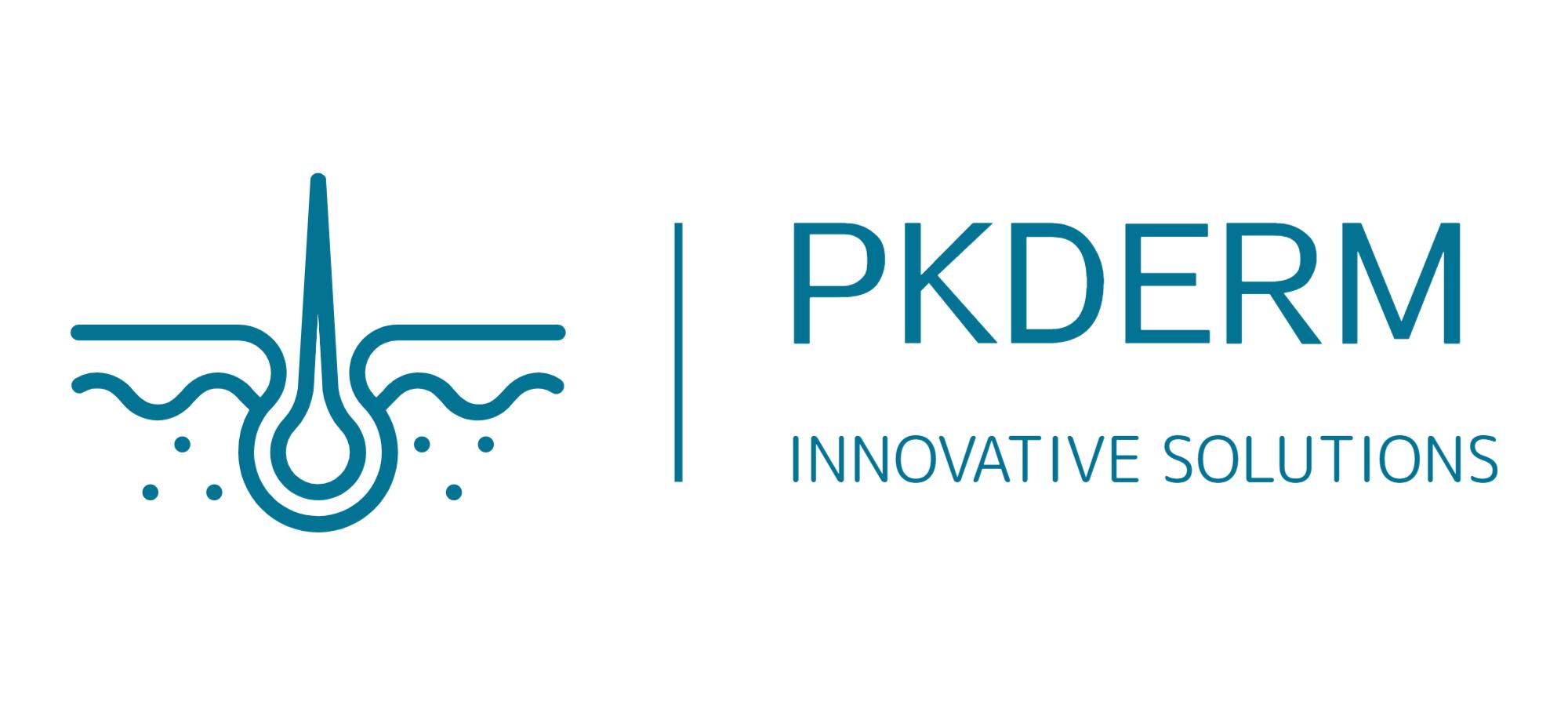
OpenTox Virtual Conference 2021 Session 9
Predicting Endocrine Disruption and Potential CNS Toxicity using the EVANS QSPR methodology
Anish Gomatam¥, Blessy Joseph¥, Ulka Gawde€, Kavita Raikuvar¥, Evans Coutinho¥* ¥Department of Pharmaceutical Chemistry, Bombay College of Pharmacy, Kalina, Mumbai, India €Biomedical Informatics Centre, ICMR National Institute for Research in Reproductive Health, Mumbai, India
Endocrine disruption and central nervous system (CNS) toxicity due to unintended xenobiotic or pesticide exposure pose a significant hazard to human and animal health. However, rapid testing of compounds for these potential adverse effects is difficult due to the high cost of experiments. Quantitative structure-property relationships (QSPRs) are a viable alternative to experimental testing. Numerous models have been built in recent years for toxicological endpoints, but the reliable estimation of endocrine disruption and CNS toxicity using the standard QSPR protocol remains a challenge. This may be in part due to the inherent limitations in 2D methods, which consider 2D graph representations of molecular structure and are unable to account for 3D geometry and stereochemistry. We attempt to address this problem using a novel QSPR methodology entitled “Eigenvalue Analysis” (EVANS). The EVANS methodology combines information derived from optimized 3D molecular structures with 2D physicochemical properties from which eigenvalues are generated that are a unique hybrid of properties and structure. These information-rich eigenvalues are then used as descriptors in QSPR analyses.
This work presents the EVANS formalism in brief and deploys it on high-quality datasets for the prediction of two toxicological endpoints: (i) Estrogen receptor (ER) mediated endocrine disruption, and (ii) BBB permeability as a measure of potential CNS toxicity. The datasets were processed through the EVANS methodology and the generated eigenvalue descriptors were used in conjunction with sophisticated machine learning algorithms to build predictive toxicity models. Regression analyses for ER binding affinity based on a dataset on 132 chemicals returned a robust and predictive model with r2train = 0.74, RMSEtrain = 0.52, and r2pred =0.59.Classification models for BBB permeability/toxicity based on a dataset of 607 chemicals also showed high prediction accuracy, with the Gaussian SVM algorithm showing the best performance (sensitivity = 0.96, specificity = 0.51, precision = 0.78, F1 score = 0.86). Our results demonstrate that the EVANS methodology has several advantages over existing QSPR methods and can be a powerful first-line prediction tool to assess ER-mediated endocrine disruption and CNS toxicity.
CV: Mr. Anish Gomatam is a Ph.D. candidate in the Department of Pharmaceutical Chemistry, Bombay College of Pharmacy, Mumbai, India. His research interests involve using molecular modelling and chemoinformatics based approaches coupled with wet-lab experiments to aid in the discovery and development of small molecule and peptide therapeutic


